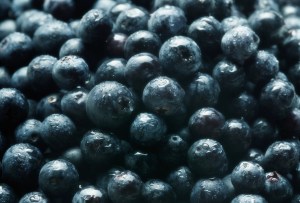As part of its global packaging rollout, Carlsberg is introducing new labelling and bottle caps for its products in the Australian market, aiming to improve the company’s environmental footprint while ensuring a longer-lasting, fresher taste.
Carlsberg, an international partner brand of Coopers Brewery, will from December have its Pilsner 330ml bottles labels feature Cradle to Cradle certified inks, to help improve recyclability. Cradle to Cradle Certified is a globally recognised measure of safer, more sustainable products made for the circular economy.
New Zer02 oxygen scavenging bottle caps will also feature on Carlsberg bottles. These caps remove oxygen from the head space in the bottles to help reduce flavour oxidation and deliver a fresher tasting beer, for longer.
Carlsberg’s latest sustainability initiatives form part of the company’s sustainability program, Together Towards Zero, which includes ambitions of zero carbon footprint and waste water.
Coopers marketing and innovation director Cam Pearce said Carlsberg has worked hard to deliver on an ambitious sustainability agenda.
“We see it as a journey to help consumers to live more sustainable lives by introducing a range of packaging innovations which is also moving quality to an even higher level. We are proud that Coopers and our Australian consumers are now part of that important journey,” said Pearce.
“Through our work with EPEA Hamburg and Cradle to Cradle we created a road map for making our packaging better and more sustainable. The new inks are “greener” and help maximise the bottles recyclability.
“The new ZerO2 caps were designed to combat the impact of oxygen on beer, which was one of the key factors affecting shelf life. Zer02 caps perform up to 15% better than standard closures over the full shelf life of a product and this means an even fresher tasting beer.”
The new Carlsberg bottles are expected to be introduced in Australian liquor stores from December.






